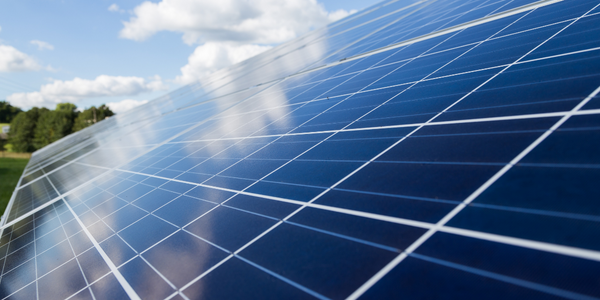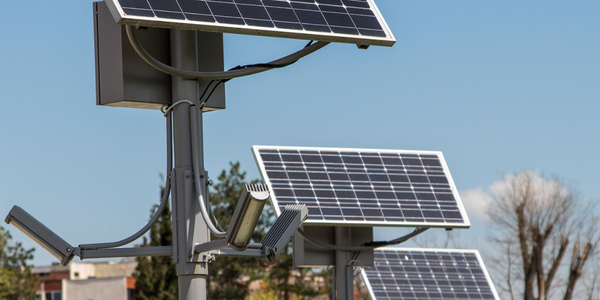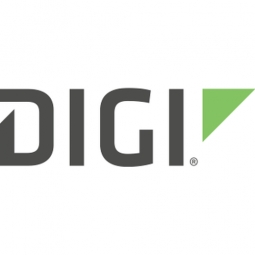
Technology Category
- Analytics & Modeling - Real Time Analytics
- Functional Applications - Remote Monitoring & Control Systems
- Networks & Connectivity - Cellular
- Platform as a Service (PaaS) - Device Management Platforms
- Sensors - Temperature Sensors
Applicable Industries
- Renewable Energy
Applicable Functions
- Business Operation
Use Cases
- Energy Management System
The Customer
New Sun Road
About The Customer
New Sun Road is a registered California Benefit Corporation committed to implementing solutions to climate change and global energy poverty. They bring expertise in finance, engineering, economics, and conservation to partnerships with local operations in
The Challenge
New Sun Road is a registered California Benefit Corporation committed to implementing solutions to climate change and global energy poverty. This group of talented engineers is partnering with Ugandan green energy startup GRS Commodities to deliver reliable and clean power to the Ssese Islands in Lake Victoria, Uganda. The goal of the pilot system is to provide affordable and reliable solar powered electricity to businesses on Kitobo Island.
Although no small feat, deploying the solar power grids is likely the simplest part of the solution. Solar was the obvious choice for the power source because it is economical and relatively simple to deploy.
The primary difficulty lies in managing the energy grid and ensuring proper maintenance without having to be on-site at every location. The capability to remotely monitor the grid will enable New Sun Road to expand their service across the Ssese Islands in a more efficient manner since each grid can be monitored from one central location. But, in remote areas, where communication options are limited, how do you remotely monitor and manage a smart solar power grid?
Without a local ISP, this can be a complex challenge, so the team decided to enable remote connectivity over the global cellular network.
In addition to communication challenges, another major difficulty New Sun Road had to overcome was finding a device capable of withstanding the high temperatures within their network hubs. The device would be residing within a NEMA enclosure in direct sunlight, so the capability to function under extremely high temperatures was a must.
The Solution
New Sun Road chose the Digi TransPort WR11 XT to enable a connection to the available 3G HSPA+ network, which would allow for remote monitoring of the grid. The WR11 XT provides a reliable connection to the global 3G network while withstanding high operating temperatures of the network utility hub.
The New Sun Road team needed to ensure that they could effectively manage the grids remotely, should power go down or any other issue that could interrupt service to their customers. Using Digi Remote Manager, their operations team can easily push out new device configurations, firmware updates, and remotely diagnose and fix any issues in the network. The cloud management platform also makes it possible to monitor device temperature and alert the team if a device is starting to reach a user-defined temperature threshold as well as any other changes in device-state that they choose to actively monitor.
A unique piece to the New Sun Road solution is the custom software application developed by the company to provide real-time analytics and remote control for both the solar generation system and the end users’ electricity usage. The analytics engine allows the team to anticipate problems before they happen, ensure correct maintenance, understand user needs, and continuously optimize the system.
The New Sun Road team needed to ensure that they could effectively manage the grids remotely, should power go down or any other issue that could interrupt service to their customers. Using Digi Remote Manager, their operations team can easily push out new device configurations, firmware updates, and remotely diagnose and fix any issues in the network. The cloud management platform also makes it possible to monitor device temperature and alert the team if a device is starting to reach a user-defined temperature threshold as well as any other changes in device-state that they choose to actively monitor.
A unique piece to the New Sun Road solution is the custom software application developed by the company to provide real-time analytics and remote control for both the solar generation system and the end users’ electricity usage. The analytics engine allows the team to anticipate problems before they happen, ensure correct maintenance, understand user needs, and continuously optimize the system.
Operational Impact
Quantitative Benefit

Case Study missing?
Start adding your own!
Register with your work email and create a new case study profile for your business.
Related Case Studies.

Case Study
Remote Monitoring & Predictive Maintenance App for a Solar Energy System
The maintenance & tracking of various modules was an overhead for the customer due to the huge labor costs involved. Being an advanced solar solutions provider, they wanted to ensure early detection of issues and provide the best-in-class customer experience. Hence they wanted to automate the whole process.

Case Study
Vestas: Turning Climate into Capital with Big Data
Making wind a reliable source of energy depends greatly on the placement of the wind turbines used to produce electricity. Turbulence is a significant factor as it strains turbine components, making them more likely to fail. Vestas wanted to pinpoint the optimal location for wind turbines to maximize power generation and reduce energy costs.

Case Study
Siemens Wind Power
Wind provides clean, renewable energy. The core concept is simple: wind turbines spin blades to generate power. However, today's systems are anything but simple. Modern wind turbines have blades that sweep a 120 meter circle, cost more than 1 million dollars and generate multiple megawatts of power. Each turbine may include up to 1,000 sensors and actuators – integrating strain gages, bearing monitors and power conditioning technology. The turbine can control blade speed and power generation by altering the blade pitch and power extraction. Controlling the turbine is a sophisticated job requiring many cooperating processors closing high-speed loops and implementing intelligent monitoring and optimization algorithms. But the real challenge is integrating these turbines so that they work together. A wind farm may include hundreds of turbines. They are often installed in difficult-to-access locations at sea. The farm must implement a fundamentally and truly distributed control system. Like all power systems, the goal of the farm is to match generation to load. A farm with hundreds of turbines must optimize that load by balancing the loading and generation across a wide geography. Wind, of course, is dynamic. Almost every picture of a wind farm shows a calm sea and a setting sun. But things get challenging when a storm goes through the wind farm. In a storm, the control system must decide how to take energy out of gusts to generate constant power. It must intelligently balance load across many turbines. And a critical consideration is the loading and potential damage to a half-billion-dollar installed asset. This is no environment for a slow or undependable control system. Reliability and performance are crucial.

Case Study
Remote Monitoring and Control for a Windmill Generator
As concerns over global warming continue to grow, green technologies are becoming increasingly popular. Wind turbine companies provide an excellent alternative to burning fossil fuels by harnessing kinetic energy from the wind and converting it into electricity. A typical wind farm may include over 80 wind turbines so efficient and reliable networks to manage and control these installations are imperative. Each wind turbine includes a generator and a variety of serial components such as a water cooler, high voltage transformer, ultrasonic wind sensors, yaw gear, blade bearing, pitch cylinder, and hub controller. All of these components are controlled by a PLC and communicate with the ground host. Due to the total integration of these devices into an Ethernet network, one of our customers in the wind turbine industry needed a serial-to-Ethernet solution that can operate reliably for years without interruption.

Case Study
Temperature monitoring for vaccine fridges
Dulas wanted a way to improve the reliability of the cold chain, facilitating maintenance and ensuring fewer vaccines are spoiled. Dulas wanted an M2M solution which would enable them to record and report the temperature inside vaccine refrigerators.

Case Study
IoT Powering A New Way to Light Streets with Bifacial Solar Panels
When James Meringer’s commercial contracting business experienced a rapid increase in solar projects, he also saw an opportunity to extend the benefits of solar by using the bifacial solar panels he’d become familiar with in new ways. Bifacial solar panels enable sunlight from both sides of the panel, making it a more efficient harvest of solar power. Seeing the panel’s power, James and his team set out to use the same technology for street lighting. Until now, solar street lights have served as utilitarian solutions that force designers to choose between form and function. The Mira Bella Energy team has changed that.



